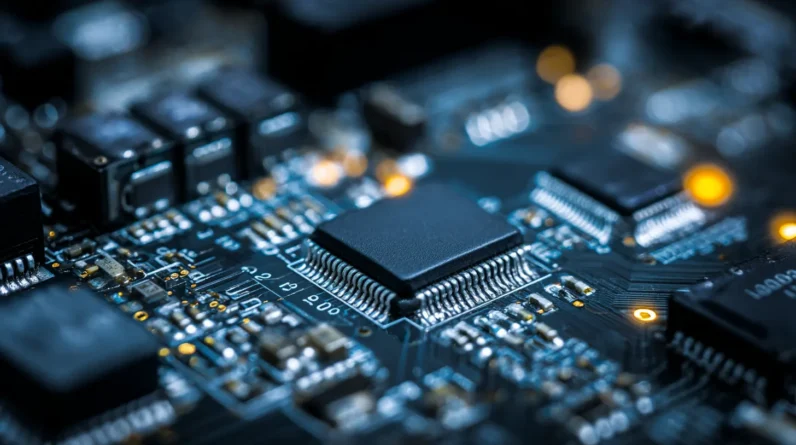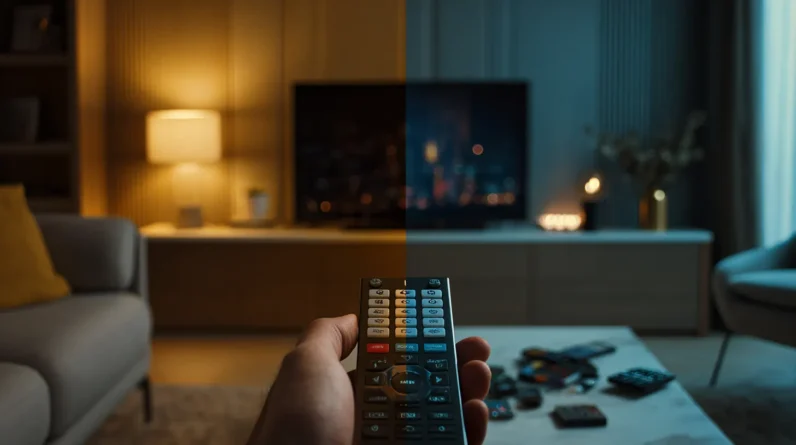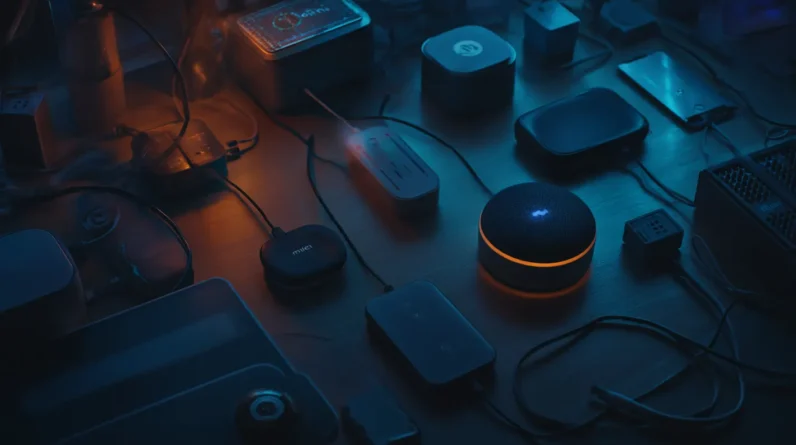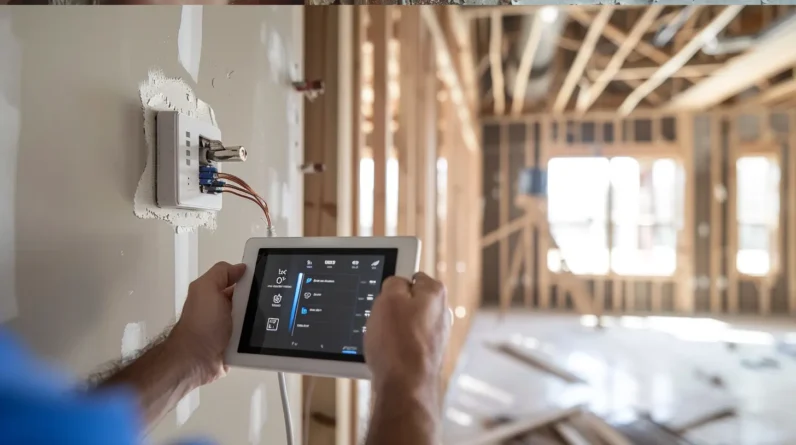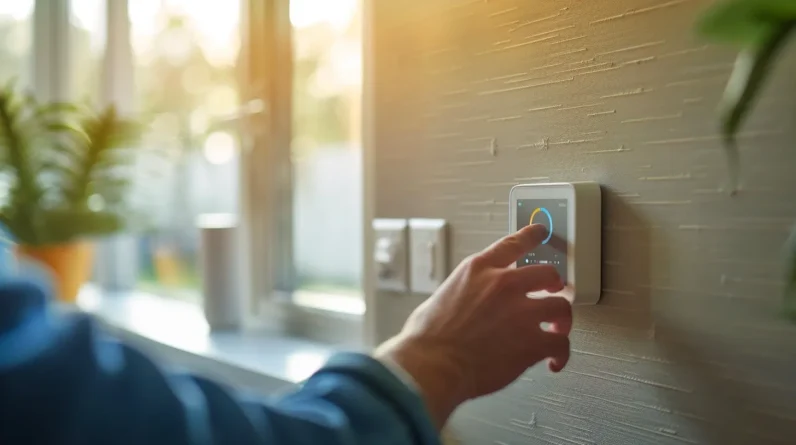
When we compare the efficiency of smart devices to traditional tools, we’re really looking at how well each can get a job done with the least time and effort. Smart devices shine in areas needing automation and data processing, while traditional tools often have the upper hand in simplicity and tactile feedback. The best choice depends on what you need to accomplish. Let’s explore this further to see when it’s smart to go high-tech or stick with tried-and-true methods.
Defining Efficiency in the Context of Tools and Devices
While we often hear the term “efficiency” thrown around in discussions about tools and devices, it’s essential that we first define what we mean by this concept. In the context of method evaluation and practice optimization, efficiency refers to the ability of a tool or device to accomplish a task with the least amount of time, effort, and resources. When comparing smart devices to traditional tools, we must consider how well each option streamlines processes and minimizes waste.
The Evolution of Traditional Tools: A Historical Perspective
As we explore into the evolution of traditional tools, crucial to understand their historical context. Traditional tools have been the backbone of manual labor for centuries, evolving substantially over time. The Industrial Revolution marked a turning point, where tools became more specialized and efficient. This period saw the introduction of machinery that augmented human capabilities, reducing the physical strain and time required for tasks.
Even with these advancements, traditional tools have maintained their fundamental role in many industries, showcasing their enduring utility and adaptability. Understanding this evolution helps us appreciate the ingenuity and resilience of those who’ve paved the way for modern tool development.
Smart Devices: The Technological Leap in Tool Design
With the advent of smart technology, we’ve witnessed a remarkable transformation in tool design. Smart devices have revolutionized the way we interact with our environment, offering unprecedented levels of device integration and enhancing user experience.
These tools are no longer just functional; they’re intelligent, adaptable, and connected. We’ve seen a shift from traditional, single-purpose tools to multifunctional devices that can communicate with each other, learn from our habits, and automate tasks.
This technological leap hasn’t only improved efficiency but also opened up new possibilities for creativity and innovation. As we continue to push the boundaries of what’s possible, smart devices will certainly play a vital role in shaping the future of tool design.
Comparative Analysis: Efficiency Across Different Tasks
Having explored the technological leap in tool design brought about by smart devices, it’s natural to wonder how these advancements stack up against traditional tools regarding efficiency. When we perform a device comparison through task analysis, we’re looking at how well each tool accomplishes a specific job. Smart devices often excel in tasks that require data processing, automation, and connectivity.
Traditional tools, however, can outperform in areas where tactile feedback and simplicity are key. For instance, a smart thermostat can learn your schedule and adjust temperatures accordingly, but a traditional wrench provides the tactile feedback needed for precise torque. Consequently, the efficiency of a tool is heavily dependent on the nature of the task at hand.
Conclusion
As we’ve journeyed through the evolution of tools, from traditional to smart, it’s clear that the smart device is the new kid on the block that’s making waves. While traditional tools have their charm and reliability, like a trusty old friend, smart devices are the flashy superheroes, saving the day with their efficiency. In this battle of old versus new, it’s not about who wins but how they make our lives easier. After all, variety is the spice of life!


